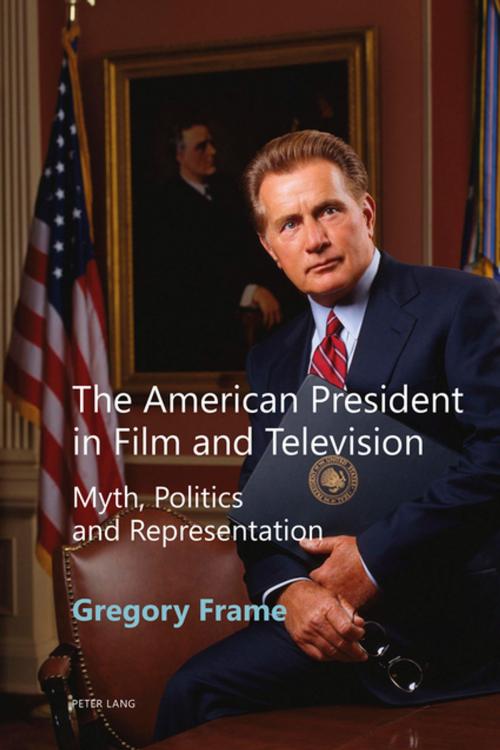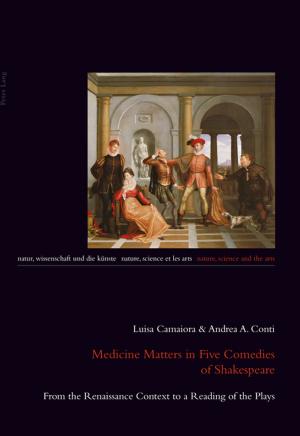The American President in Film and Television
Myth, Politics and Representation
Nonfiction, History, Americas, Latin America, Entertainment, Performing Arts, Film| Author: | Gregory Frame | ISBN: | 9781788742641 |
| Publisher: | Peter Lang | Publication: | February 13, 2018 |
| Imprint: | Peter Lang Ltd, International Academic Publishers | Language: | English |
| Author: | Gregory Frame |
| ISBN: | 9781788742641 |
| Publisher: | Peter Lang |
| Publication: | February 13, 2018 |
| Imprint: | Peter Lang Ltd, International Academic Publishers |
| Language: | English |
As evidenced by the election of celebrity and reality television star Donald Trump, popular culture has played a vital role in the conceptualisation of political leadership. This revised edition of The American President in Film and Television explores the complex relationship between the construction of fictional presidents on screen and the political cultures from which they emerged. How have our popular cultural fantasies of presidential leadership contributed to the current political reality? Combining textual analysis with close attention to political and historical contexts, the book addresses the reasons behind the proliferation of images of the president in the past twenty-five years, from the archetype in American genre cinema (Air Force One, Independence Day and Deep Impact) to the idealised fantasy figure in network television (The West Wing, 24 and Commander in Chief). With the election of a president whose worldview appears to have been formed entirely by the aesthetics and rhetoric of popular culture, where does the presidency – either on screen or in the White House – go from here?
As evidenced by the election of celebrity and reality television star Donald Trump, popular culture has played a vital role in the conceptualisation of political leadership. This revised edition of The American President in Film and Television explores the complex relationship between the construction of fictional presidents on screen and the political cultures from which they emerged. How have our popular cultural fantasies of presidential leadership contributed to the current political reality? Combining textual analysis with close attention to political and historical contexts, the book addresses the reasons behind the proliferation of images of the president in the past twenty-five years, from the archetype in American genre cinema (Air Force One, Independence Day and Deep Impact) to the idealised fantasy figure in network television (The West Wing, 24 and Commander in Chief). With the election of a president whose worldview appears to have been formed entirely by the aesthetics and rhetoric of popular culture, where does the presidency – either on screen or in the White House – go from here?















